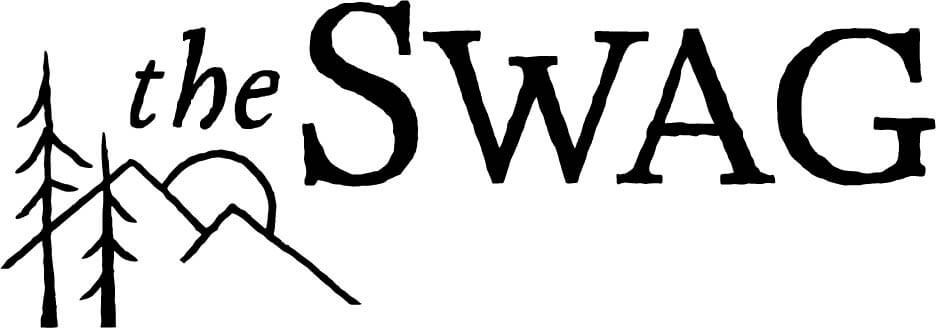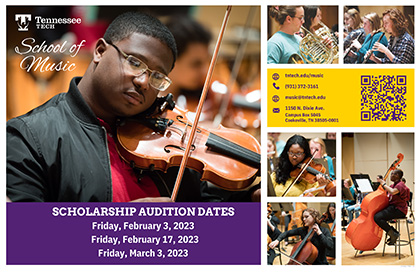Alberto Ginastera was born in Buenos Aires, Argentina, on April 11, 1916, and died in Geneva, Switzerland, on June 25, 1983. The first performance of the Variaciones Concertantes took place in Buenos Aires on June 2, 1953, with Igor Markevitch conducting the Asociación Amigos de la Música Orchestra. The Variaciones Concertantes are scored for piccolo, two flutes, oboe, two clarinets, bassoon, two horns, trumpet, trombone, timpani, harp, and strings. Approximate performance time is twenty-four minutes.
Alberto Ginastera was the leading 20th century Argentine composer of concert music. Ginastera began his studies in his native country, and as a young man, enjoyed a flourishing career, both as a composer and teacher. However, difficulties with the Peron regime led Ginastera to leave Argentina for the United States in 1945. During his stay in America, Ginastera studied with Aaron Copland at Tanglewood, with whom he developed a close friendship. For the next several decades, Ginastera divided his time between his homeland and abroad, further distinguishing himself both as a composer and educator. In 1971, Ginastera moved to Geneva, where he remained for the final twelve years of his life.
Ginastera’s compositions embrace a wide variety of genres, including operas and ballets, symphonic works, choral and solo vocal pieces, chamber and solo instrumental music, film scores, and incidental music.
The Association of the Friends of Music Buenos Aires commissioned Ginastera’s Variaciones Concertantes for chamber orchestra. The premiere took place in Buenos Aires on June 2, 1953, conducted by Igor Markevitch.
Throughout his life, Ginastera maintained a keen interest in the folk music of his country, often incorporating that element into his own compositions. The Variaciones Concertantes belong to a period when Ginastera moved away from direct quotations of folk music to embrace a “subjective nationalism,” in which folk elements played an important, but more subtle role:
These variations have a subjective Argentine character. Instead of using folkloristic material, I try to achieve an Argentine atmosphere through the employment of my own thematic and rhythmic elements. The work begins with an original theme followed by eleven variations, each one reflecting the distinctive character of the instrument featured. All the instruments of the orchestra are treated soloistically. Some variations belong to the decorative, ornamental or elaborative type, others are written in the contemporary manner of metamorphosis, which consists of taking elements of the main theme and evolving from it new material.
—Alberto Ginastera
https://www.boosey.com/cr/music/Alberto-Ginastera-Variaciones-Concertantes/1345
The descriptive titles of the various sections are:
I. Theme for cello and harp
II. Interlude for Strings
III. Humorous variation for flute
IV. Variation in the mode of a scherzo for clarinet
V. Dramatic variation for viola
VI. Canonic variation for oboe and bassoon
VII. Rhythmic variation for trumpet and trombone
VIII. Variation in the mode of a perpetual motion for violin
IX. Pastoral variation for French horn
X. Interlude for winds
XI. Reprise of theme for double bass
XII. Final variation in the mode of a rondo for orchestra
program notes by Ken Meltzer






